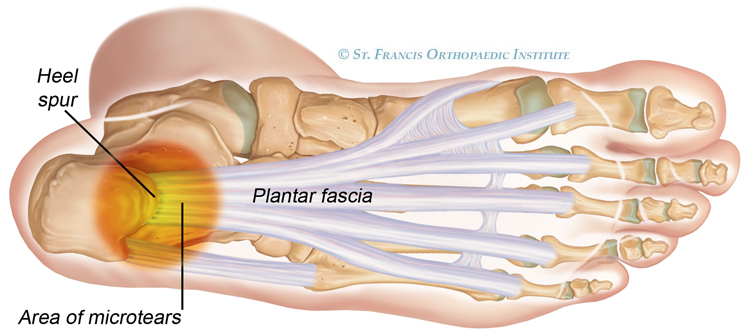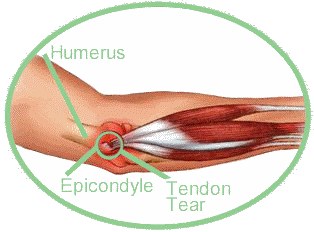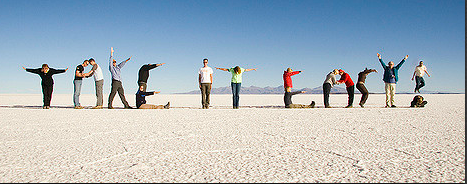By Kevin Wong, DC
In today’s modern times, we are exposed to a wide range of health information. Almost daily, we are bombarded with the news, print media and stories on the web about how to take care of ourselves. Some talk about the latest diet, some the latest nutritional supplement and still others preach about trendy healthy habits.
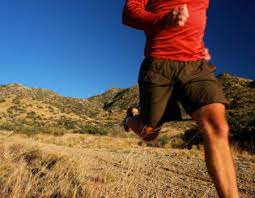 Perhaps the most universal concept that everyone seems to embrace is that the importance of exercise. One major advantage of exercise in general is that there are many different types available. Of late, the popular ones seem to include cross fit, yoga, Pilates, Bar Method, Zumba, Nia and Qi Gong. Of course, we can’t forget the classics: cycling, lifting weights, treadmill, and the elliptical. With so many choices, it seems easy to stay fit or stay active.
Perhaps the most universal concept that everyone seems to embrace is that the importance of exercise. One major advantage of exercise in general is that there are many different types available. Of late, the popular ones seem to include cross fit, yoga, Pilates, Bar Method, Zumba, Nia and Qi Gong. Of course, we can’t forget the classics: cycling, lifting weights, treadmill, and the elliptical. With so many choices, it seems easy to stay fit or stay active.
The problem with us as a modern society is that we are all on the go and life is busy. We don’t always take the proper time to fit exercise into our daily routine. There are plenty of people whose schedules include their workouts and they fit them in before work, after work or at lunchtime. However, the average patient struggles with exercising. Everyone knows they should be exercising, but figuring out what to do and how to do it is the problem. Some fight the inconsistency of being able to work out one week, but not the next. Then, of course, there is the motivation factor to keep in mind.
Most of us were raised from a young age in an allopathic health environment where we only saw the doctor when something was wrong. We developed the viewpoint that if our body does not hurt, “we are fine.” This type of thinking is reinforced in multiple aspects of our society where one is told to “deal with the pain” or “it’s not that bad” or “quit whining.” It’s this type of thinking that makes many of us live with a certain level of pain in our body that we come to believe is normal. They minimize and downplay how they actually feel.
Pain is not a lifestyle.
Hurried or rushed workouts; improper form; lack of training, over training and poor equipment/accessories can all lead to injuries. Most of these injuries are conditions that very much belong in a chiropractic office. We are musculoskeletal experts and we can analyze the cause of the injuries, determine which structures are involved and figure out how to treat or refer them.
There are some frequent injuries that the average patient presents with in our clinics. Let’s discuss them.
The plantar fascia under the foot (which starts at the calcaneal tubercle and inserts into the MT heads), is strained and stretched due to excessive foot pronation and/or supination. This commonly happens to our patients because most sports include weight-bearing standing, walking or running. Prolonged weight-bearing activity coupled with genetics, weight and repetitive nature of their activity will create this problem. It might start out low grade, but it can end up extremely painful.
Patients do not know we adjust the foot bones and can offer better support for the feet than what they can buy off the shelves.
How Can it Be Treated/Prevented:
- Physiotherapy modalities (laser, ultrasound, stim, heat/ice, etc.) to reduce the swelling, spasms
- Achieve and maintain proper alignment of the foot bones with chiropra
tic adjustments - Custom-molded foot orthotics which are flexible and support all three arches
- Supportive shoes appropriate for their activity
- Stretching and strengthening exercises for the foot for secondary support
Recovery Time:
Anywhere from 1-4 weeks. Some people respond very quickly to adjustments and foot support. Using elastic tape to support the arches while waiting for more permanent orthotic support also works amazingly well. We see difficulty in healing when the plantar fascitis has been chronic, they wear un-supportive shoes and they don’t do their foot exercises
- Ankle Sprains
In my experience, medial/inversion sprains are present in 85-90% of all ankle sprains. Lateral/Eversion ankle sprains are less likely because of the fact the lateral malleolus extends so far down that it bolsters and supports the lateral ankle region from injury. Ankle sprains can create soft tissue tears and damage, but they also misalign the foot and ankle bones.
Since most of our patients have no idea that we work on these areas, they end up on crutches and on medication. They wait around until the swelling and tissue damage heals a bit and the pain goes down. Then they go right back to their normal activities. They frequently have some residual pain and loss of ROM and this lack of ankle stability can lead to future re-sprains.
 How Can it Be Treated/Prevented:
How Can it Be Treated/Prevented:
- Physiotherapy modalities (laser, ultrasound, stim, heat/ice, etc.) to reduce the swelling, spasms
- Achieve/maintain proper alignment of the foot/ankle bones with chiropractic adjustments
- Custom-molded foot orthotics which are flexible and support all three arches
- Supportive shoes appropriate for their activity
- Alphabet ROM exercises and to strengthening exercises of the foot/ankle for support
Recovery Time:
Anywhere from 1-4 weeks. Adjustments and arch support are keys to healing this area. Elastic sports taping can be applied to the ankle to support healing as well.
- Knee Pain
Although we can open Pandora ’s Box here with all the different types of knee pain one can get, we do see a common theme in how they present. We observe that much of the knee pain that presents exists on the medial or infrapatellar regions. This is because over-pronation or arch collapse of the three arches of the foot will create an inward/medial rotation on the tibia and femur bones. This then causes excessive pressure on the medial knee and medial/inferior movement of the patella.
Even in cases of injury, we can analyze the biomechanics of the patient and look at their standing/walking foot posture and make the connection and understand how much stress the patient’s knee was in even before they were injured. Arthritic degeneration of the medial knee cartilage on x-ray is also common.
I will mention that for the small percentage of cases that present with lateral knee pain, excessive supination of the foot is often to blame. In this case, the medial arch is hyper-supported, or high, while the transverse and lateral arches are flat. This creates more problems on the outer ankles and knees.
How Can It Be Treated/Prevented:
- Physiotherapy modalities (laser, ultrasound, stim, heat/ice, etc.) to reduce the soft tissue signs
- Achieve and maintain proper alignment of the feet/ankles and knees through chiropractic adjustments
- Supportive elastic taping or a knee brace
- Exercises to strengthen the knee
- Custom-molded foot orthotics which will support the feet/ankles and the knees
Recovery Time:
Anywhere from 1-4 weeks. Since much of the knee pain we see is related to foot arch problems and ankle stability issues, these areas should not be overlooked.
- Shoulder Pain
Whether the shoulder pain is due to over-use or trauma, there is a common thread of misalignment of all joints of the shoulder region. The glenohumeral, acromioclavicular, sternoclavicular, scapulothoracic and rib joints anteriorly and posteriorly will all be involved. There are a lot of serious conditions (i.e. rotator cuff tears, labrum tears, impingement syndrome, frozen shoulder) but they at the heart of all of them are misalignments of the aforementioned joints.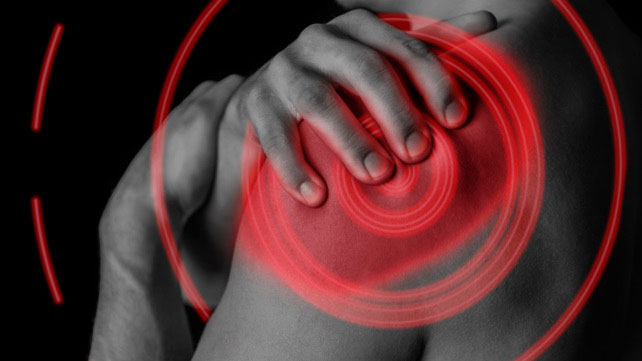
How Can It Be Treated/Prevented:
- Physiotherapy modalities (laser, ultrasound, stim, heat/ice, etc.) to reduce the swelling, spasms
- Acheive and maintain proper alignment of the entire shoulder girdle, cervical and thoracic spine with chiropractic adjustments
- Elastic taping for support
- Discussion of proper sleeping, keyboarding and ADL performance to reduce shoulder stress
- ROM and strengthening exercises of the shoulder for stability
Recovery Time:
Anywhere from 1 day to 3 weeks as long as there are not any serious tears of the tendons, ligments or the labrum. There are some patients who respond dramatically in one visit from having their shoulders put back in alignment. Others take time. You need to check their sleeping position so that they are not on their side too much. Also, caution them on reaching above 90 degrees in any direction. The elastic taping helps tremendously.
The elbow is a very common area to have pain and can afflict athletes and desk jockeys alike. All that needs to be present is chronic, repetitive strain to the forearm flexors or extensors. This creates the pull on the lateral or medial epicondyle which can irritate, inflame and get painful. Don’t forget: if the elbow is acting up, check that shoulder girdle stability. Elbows often become painful in response to the shoulder joints being out of alignment.
How Can It Be Treated/Prevented:
- Physiotherapy modalities (laser, ultrasound, stim, heat/ice, etc.) to reduce soft tissue signs
- Achieve and maintain proper alignment of the humerus, ulna with chiropractic adjustments
- Elastic taping or braces for support
- Stretching exercises to first relax the muscles, then see how appropriate strengthening is. In some cases, no strengthening exercises are necessary due to their normal ADL’s
Recovery Time:
Usually 2-5 weeks. The key here is trying to get the patient to reduce the offending activity while they heal. Even normal ADL’s can create continued stress and prolong healing. Patients get very frustrated with this. Changing how they play their sport and making ergonomic changes to their ADL’s helps quite a bit.
Remember to put yourself in the average patient’s shoes as he recovers. He will often get very frustrated and impatient after getting injured. Aside from the pain he is enduring, he feels the difficulty of quickly getting back to normal again. We need to help our patients temper the desire to push too quickly in healing so they does not set themselves back in their recovery by overdoing it.
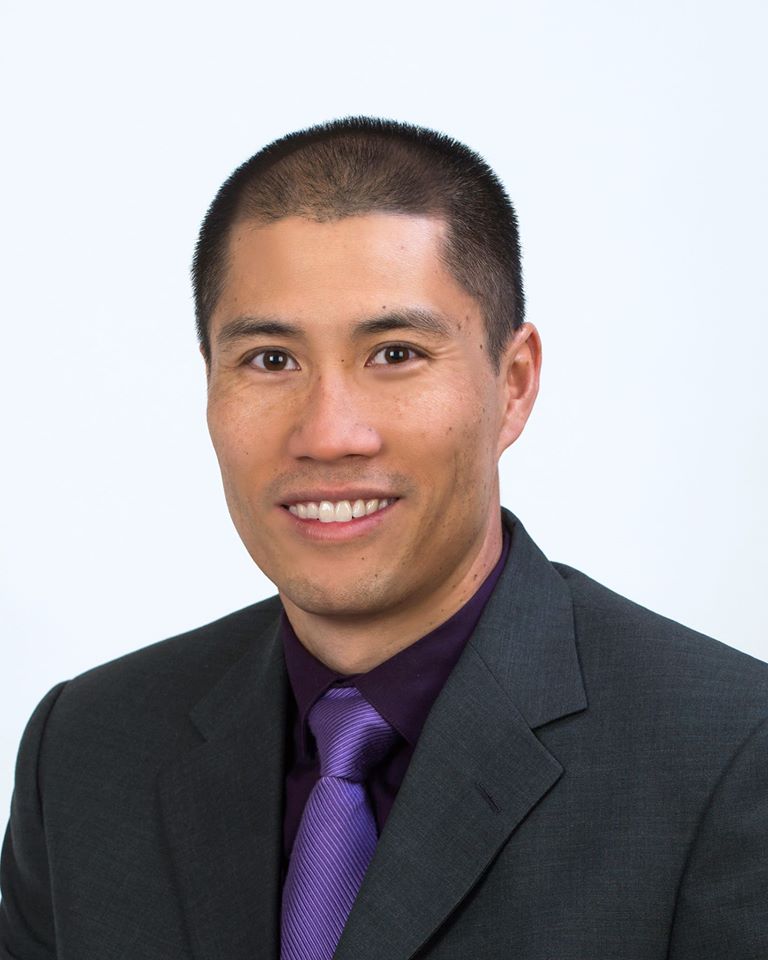 Dr. Kevin Wong is a licensed Chiropractor of over 18 years serving the Lamorinda, Berkeley, Walnut Creek and many other East San Francisco Bay Area communities.
Dr. Kevin Wong is a licensed Chiropractor of over 18 years serving the Lamorinda, Berkeley, Walnut Creek and many other East San Francisco Bay Area communities.
Dr. Kevin grew up in Orinda attending Glorietta Elementary School, Orinda Intermediate School and Miramonte High School. Upon graduating from Miramonte in 1989, he went to the University of California, Davis. There he earned his Bachelor of Science Degree in Exercise Physiology in 1993. Then he went off to a private Chiropractic School, Palmer College of Chiropractic West for his Doctor of Chiropractic (D.C.) degree.Kevin grew up in Orinda attending Glorietta Elementary School, Orinda Intermediate School and Miramonte High School. Upon graduating from Miramonte in 1989, he went to the University of California, Davis. There he earned his Bachelor of Science Degree in Exercise Physiology in 1993. Then he went off to a private Chiropractic School, Palmer College of Chiropractic West for his Doctor of Chiropractic (D.C.) degree
Ever since Dr. Kevin graduated from Palmer West in 1996 as Valedictorian of his class and a recipient of a “Clinical Excellence Award”, he has been striving to achieve and maintain very high standards for his practice. In 2004, the Contra Costa Sun Newspaper voted Dr. Kevin the best Chiropractor in Lamorinda. In 2008, and again in 2009, KRON 4 Television nominated Dr. Kevin for “The Best of The Bay” in the Chiropractic category. These are distinctions he is very proud of and they continue to motivate him to keep improving in all aspects of his practice.



